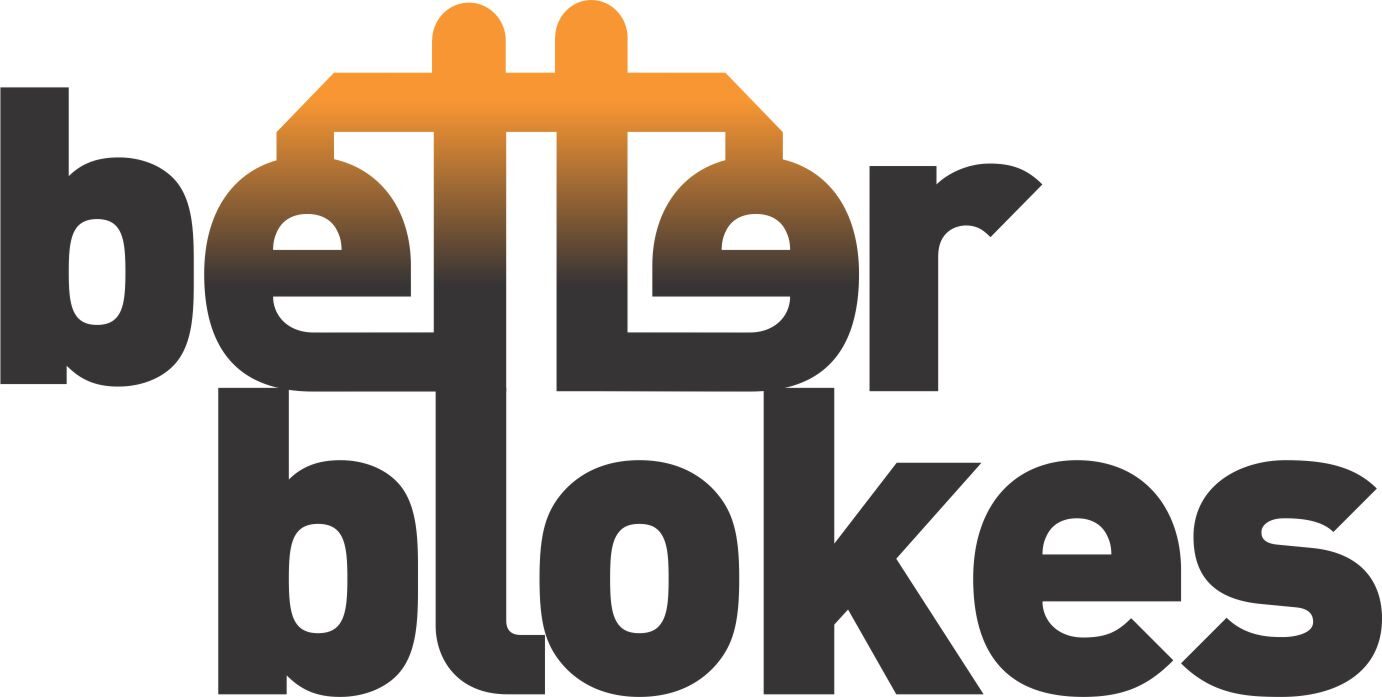http://en.wikipedia.org/wiki/William_Hobson
Lieutenant-Governor of New Zealand
At the time, the British government recognised the sovereignty of the Māori people, as represented in the Declaration of the Independence of New Zealand of October 1835, which had been organised by Busby. Hobson was appointed Lieutenant Governor under the Governor of New South Wales, Sir George Gipps (ratified on 30 July 1839) and British consul to New Zealand (confirmed on 13 August 1839). He was issued with detailed instructions by Lord Normanby on 14 August 1839, giving[clarification needed] reasons for intervention in New Zealand and directions for the purchase of land “by fair and equal contracts.” The land was later resold to settlers at a profit to provide for further operations.
Hobson arrived in the Bay of Islands on 29 January 1840 (which is celebrated today as Auckland Anniversary Day) with a small group of officials, including an Executive Council consisting of Colonial Secretary Willoughby Shortland, Colonial Treasurer George Cooper and Attorney-General Francis Fisher. The Legislative Council comprised the above officials and three Justices of the Peace. Hobson appointed as three Magistrates, Messrs. Shortland, Johnson, and Matthew.[4]
Treaty of Waitangi
Upon arrival, Hobson almost immediately drafted the Treaty of Waitangi together with his secretary James Freeman and Busby. After obtaining signatures at the Bay of Islands, he travelled to Waitemata Harbour to obtain more signatures and survey a suitable location for a new capital (he also sent the Deputy Surveyor-General, William Cornwallis Symonds, to other areas to obtain more signatures). After suffering a stroke on 1 March 1840, he was taken back to the Bay of Islands, where he recovered sufficiently to continue work.
On 21 May 1840, in response to the creation of a “republic” by the New Zealand Company settlers of Port Nicholson (later Wellington), who were laying out a new town under the flag of an independent New Zealand, Hobson asserted British sovereignty over the whole of New Zealand, despite the incompleteness of the treaty signing. He sent Willoughby Shortland and some soldiers to Port Nicholson on 25 May 1840, and the council of the settlers was disbanded. Their leader, William Wakefield, later travelled to the Bay of Islands to pledge allegiance to the Crown. His suggestion to make Port Nicholson the capital was rejected in favour of Hobson’s plan for a new town on Waitemata Harbour, to be named Auckland after the Earl of Auckland.
On 11 July 1840, the French frigate L’Aube arrived at the Bay of Islands on its way to Banks Peninsula as part of the settlement plan of the Nanto-Bordelaise Company. Hobson immediately sent two magistrates to the area to establish the British claim to sovereignty by holding courts.
Near the end of 1840, the Port Nicholson settlers sent a petition to Queen Victoria calling for Hobson’s dismissal over his treatment of them. Hobson responded on 26 May 1841 to the Foreign Secretary.
Governor of New Zealand
In November 1840, the Queen signed a royal charter for New Zealand to become a Crown colony separate from New South Wales. Hobson was sworn in as Governor and Commander in Chief on 3 May 1841.
Hobson travelled to Wellington in August 1841, where he heard the complaints of settlers and selected magistrates. He then visited Akaroa to settle the French claims. Back in Auckland, he had some difficulty with the Māori, and his government was ridiculed by journalists in Wellington and Auckland. He responded by closing down the New Zealand Herald and Auckland Gazette. With his government low on funds, he resorted to issuing unauthorised bills on the British Treasury in 1842. Hobson faced opposition from the “Senate clique” radicals who sent a petition to the Foreign Secretary to have Hobson recalled. One of Hobson’s last actions was to declare an Auckland Anniversary Day, to mark the anniversary of his arrival in the Bay of Islands.Hobson suffered a second stroke and died on 10 September 1842, prior to being recalled from office. He was buried in the Symonds Street cemetery in Auckland. The Waitakere suburb of Hobsonville is named after him.




